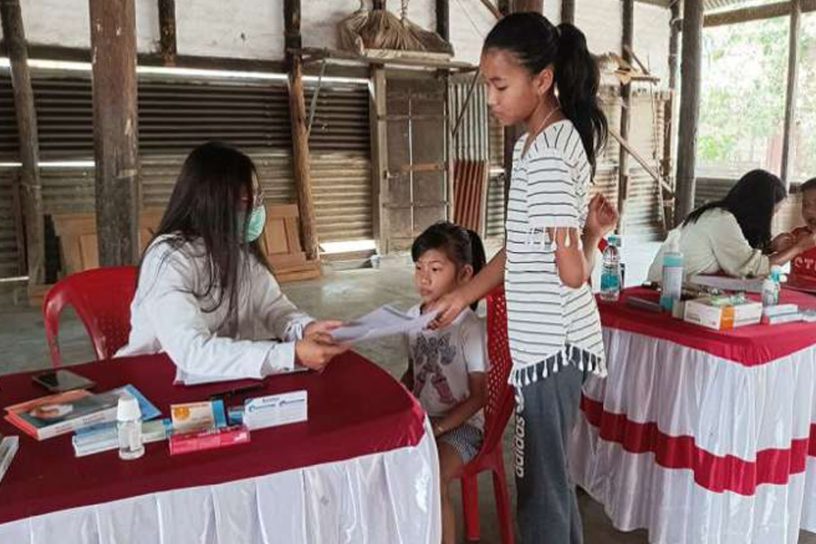
Majority of Manipur’s population pays for medical expenses out of their own pockets, leading to financial burden and challenges in accessing quality healthcare.
Authors
Deepanshu Mohan, Associate Professor of Economics and Director, Centre for New Economics Studies (CNES), Jindal School of Liberal Arts and Humanities, O.P. Jindal Global University, Sonipat, Haryana, India.
Amisha Singh, Research Analysts with CNES and member of the InfoSphere Team.
Aditi Desai, Research Analysts with CNES and member of the InfoSphere Team.
Shalaka Adhikari, Research Analysts with CNES and member of the InfoSphere Team.
Samragnee Chakraborty, Research Analysts with CNES and member of the InfoSphere Team.
Shilpa Santhosh, Research Analysts with CNES and member of the InfoSphere Team.
Vasudevan, Research Analysts with CNES and member of the InfoSphere Team.
Summary
Manipur occupies 22,327 square kilometres of area, with a population of 28,55,794 people, as per the 2011 Census. The state’s healthcare system is backed by the Regional Institute of Medical Sciences, a state hospital, seven district hospitals, one sub-district hospital, 16 community health centres, 80 primary health centres, 413 sub-centres and 33 private hospitals/clinics.
The state also has a fairly decent sex ratio of 987 girls born for every 1,000 boys. The ratio declines to 957 girls for every 1,000 boys for ages below six.
In the 2023-24 budget, the state increased its allocation by 10%, as compared to the previous year, to ramp up health facilities in the state.
However, it is crucial to understand Manipur’s culture and history to get a complete picture of their healthcare system and the various stakeholders involved in its development.
Evolution of healthcare in Manipur – A comparison between NFHS-4 and NFHS-5
Manipur’s healthcare system has gone through several phases of development. In the early years, healthcare was primarily limited to traditional practices and local remedies. However, with the advent of modern medicine, the state saw the establishment of government-run healthcare centres and hospitals.
The introduction of immunisation programmes and family planning initiatives further enhanced healthcare services in the state.
However, Manipur still faces plenty of healthcare issues which add to the socio-economic difficulties faced by its residents. The poor condition of the healthcare system affects some communities more than the others. These include women, children, senior citizens, and people with different ailments. Therefore, it is paramount to look at the statistics when analysing the evolution of the healthcare system in any region.
(This is the first part of a two-part explainer on the need to assess the healthcare costs and impact of the ongoing Manipur conflict on its state-population. The Centre for New Economics Studies’ InfoSphere team, with the help of its field team, has written this piece. The piece also says that a paucity of local data remains a challenge. The conflict situations exacerbate these challenges, making any data analytical exercise a difficult process.)
Published in: The Wire.
To read the full article, please click here.


